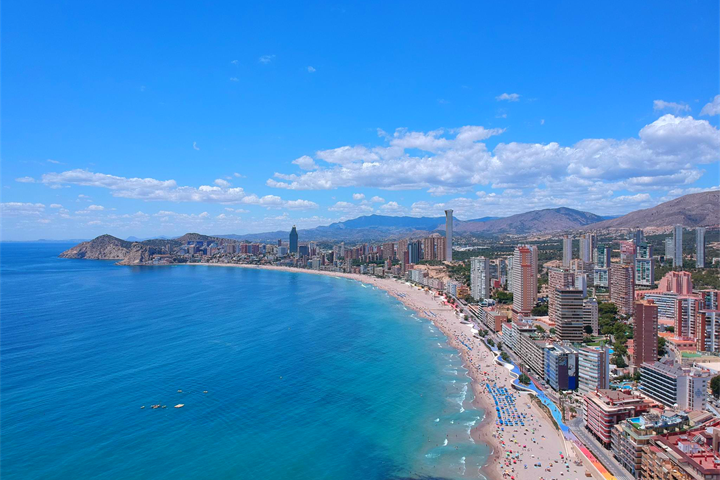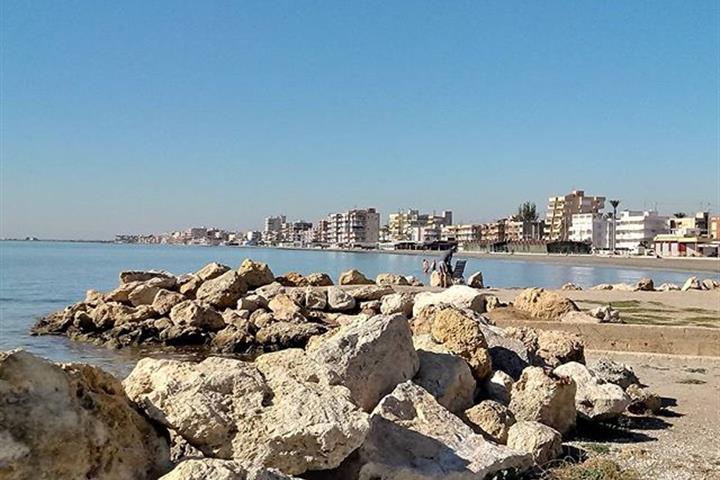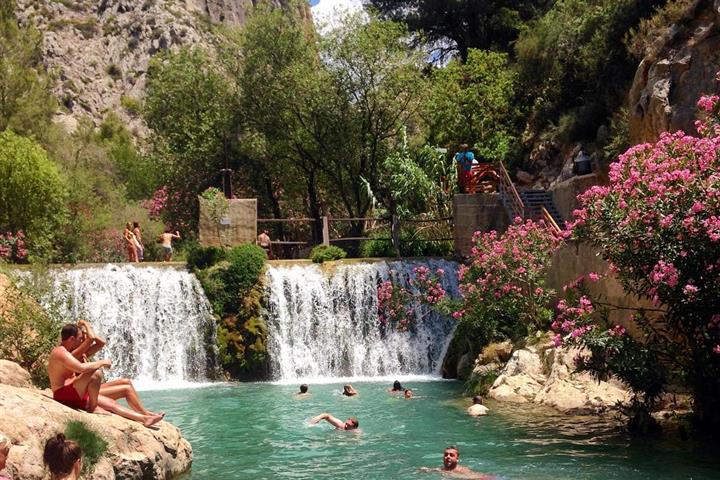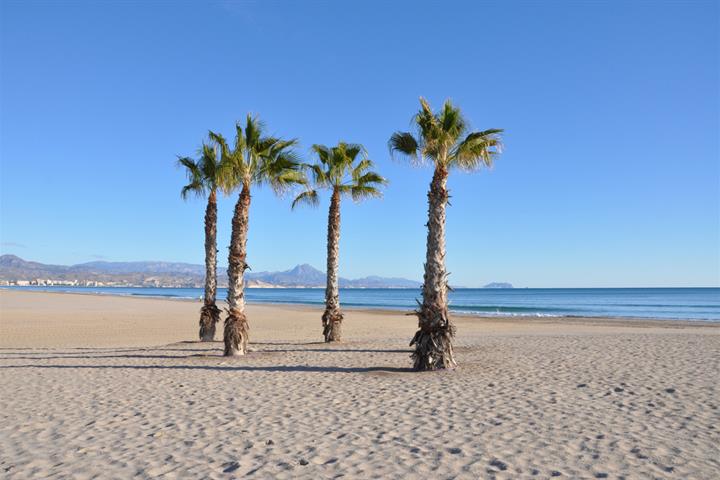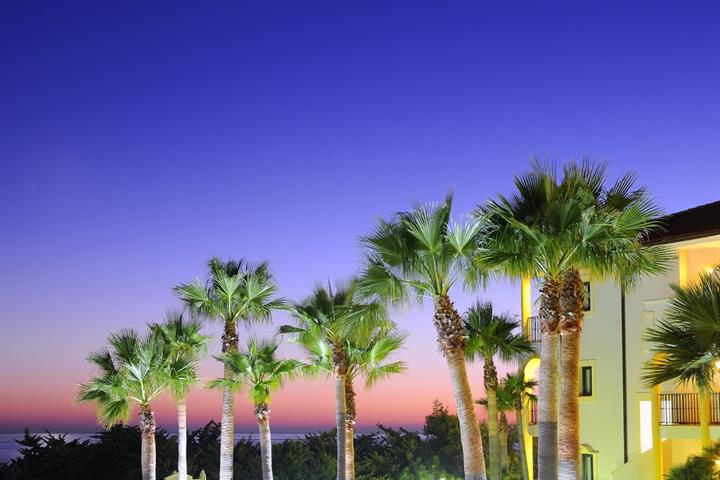Costa Blanca travel information and video
Holiday information, facts, photos and video about Costa Blanca
Featured holiday homes on the Costa Blanca
Things to do while you are here
Exciting places to visit on Costa Blanca
Reviews for Costa Blanca
Average overall ratings - Based on 10722 reviews.
City
Coast
| City: | |
| Coast: |
Submitted by: DAVID CARTER
30. Nov 2021
This review is in English
This review is in English
Report abuse
You found this abusive
| City: | |
| Coast: |
Submitted by: Val Christian
27. Nov 2021
This review is in English
This review is in English
Report abuse
You found this abusive
| City: | |
| Coast: |
Submitted by: Tore Storrødvann
24. Nov 2021
This review is in English
This review is in English
Report abuse
You found this abusive
| City: | |
| Coast: |
Submitted by: Eva-Lill Svensson
18. Nov 2021
This review is in English
This review is in English
Report abuse
You found this abusive
| City: | |
| Coast: |
Submitted by: Martijn
11. Nov 2021
This review is in English
This review is in English
Report abuse
You found this abusive
| City: | |
| Coast: |
Submitted by: Svein Henrik Bergersen og Berit Lieng
10. Nov 2021
This review is in English
This review is in English
Report abuse
You found this abusive
| City: | |
| Coast: |
Submitted by: Kurt
8. Nov 2021
This review is in English
This review is in English
Report abuse
You found this abusive
| City: | |
| Coast: |
Submitted by: Brigitta van Dijck
3. Nov 2021
This review is in English
This review is in English
Report abuse
You found this abusive
| City: | |
| Coast: |
Submitted by: Pia
2. Nov 2021
This review is in English
This review is in English
Report abuse
You found this abusive
| City: | |
| Coast: |
Submitted by: Richard Cleasby
2. Nov 2021
This review is in English
This review is in English
Report abuse
You found this abusive
| City: | |
| Coast: |
Submitted by: Marcel Brounts
1. Nov 2021
This review is in English
This review is in English
Report abuse
You found this abusive
| City: | |
| Coast: |
Submitted by: Roos & Rik
31. Oct 2021
This review is in English
This review is in English
Report abuse
You found this abusive
| City: | |
| Coast: |
Submitted by: John Barker
30. Oct 2021
This review is in English
This review is in English
Report abuse
You found this abusive
| City: | |
| Coast: |
Submitted by: Michel Wissel
29. Oct 2021
This review is in English
This review is in English
Report abuse
You found this abusive
| City: | |
| Coast: |
Submitted by: Stefan Bels
29. Oct 2021
This review is in English
This review is in English
Report abuse
You found this abusive
| City: | |
| Coast: |
Submitted by: Freek Van de Goor
25. Oct 2021
This review is in English
This review is in English
Report abuse
You found this abusive
| City: | |
| Coast: |
Submitted by: Anja Klein
21. Oct 2021
This review is in English
This review is in English
Report abuse
You found this abusive
| City: | |
| Coast: |
Submitted by: David Breakenridge
20. Oct 2021
This review is in English
This review is in English
Report abuse
You found this abusive
| City: | |
| Coast: |
Submitted by: Bente
18. Oct 2021
This review is in English
This review is in English
Report abuse
You found this abusive
| City: | |
| Coast: |
Submitted by: Klaudia
18. Oct 2021
This review is in English
This review is in English
Report abuse
You found this abusive
